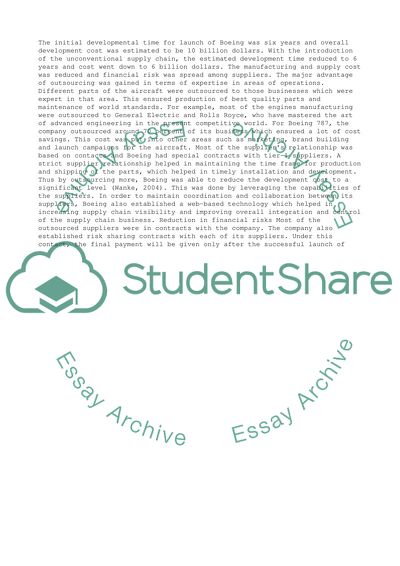Cite this document
(“Building the Boeing 787 Case Study Essay Example | Topics and Well Written Essays - 4500 words”, n.d.)
Retrieved from https://studentshare.org/business/1484620-building-the-boeing-case-study
Retrieved from https://studentshare.org/business/1484620-building-the-boeing-case-study
(Building the Boeing 787 Case Study Essay Example | Topics and Well Written Essays - 4500 Words)
https://studentshare.org/business/1484620-building-the-boeing-case-study.
https://studentshare.org/business/1484620-building-the-boeing-case-study.
“Building the Boeing 787 Case Study Essay Example | Topics and Well Written Essays - 4500 Words”, n.d. https://studentshare.org/business/1484620-building-the-boeing-case-study.


